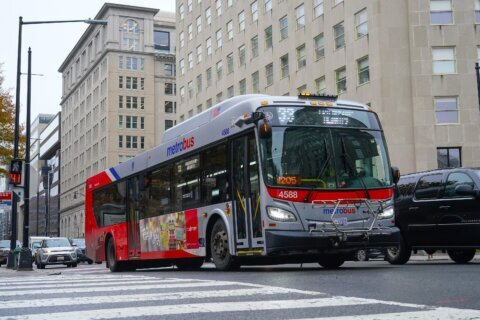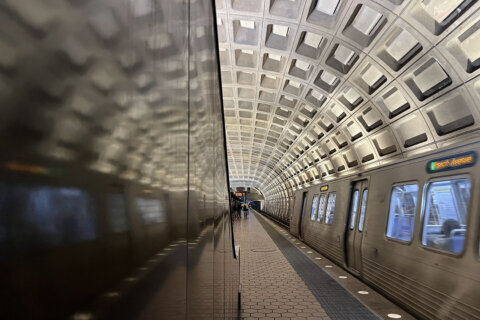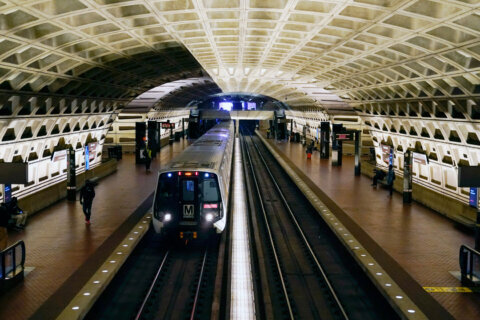While some industries are seeing more of a post-pandemic rebound than others, Metro is still seeing only a fraction of the riders it used to before everything went upside down last year.
With federal funding stabilizing its financial future for the next couple of years, the transit system has to figure out how to get the most riders back. Part of that is determining just who Metro should be trying to lure back.
The transit system is looking at several different options — things like flat or new fare structures, increased service and more bus routes are all on the table.
“Improving service frequency is consistently rated a top priority for customers,” said Tom Webster, Metro’s vice president of strategy, planning, and program management.
“We recognize that there’s an overall opportunity to offer more, frequent, all-day bus and rail service,” he said. “What if Metro offered a higher standard of all-day service and then ran additional peak service on top of that to meet higher demand during those times? Thinking about all these services as the main product as the main product rather than the peak service has been popularized” by transit advocates around the world, as well as other transit systems he said.
In Metro’s case, that would mean upgrading the frequency of bus and rail service over 26 in-demand routes he said, potentially reducing wait times to as little as 10-12 minutes.
Some board members suggested it was time for Metro to “engage in some experimentation” now that the transit system isn’t so reliant on fares to sustain itself.
Michael Goldman, who represents the state of Maryland, argued that slashing costs associated with riding could be the right incentive to lure someone out of the car, while also helping lower income, hourly workers who don’t have much of a choice.
“The belief that our riders are not price sensitive seems to be based on a large percentage having so-called travel benefits from employers, but these are mainly federal government riders,” Goldman said.
He added that Metro’s data suggests 58% of its riders have full or partially subsidized fares through their job.
“The group of federal riders will have very liberal telework opportunities available … So our real rider pool which may be more price sensitive is the 42% with no subsidy plus those in the 58% group that are only partially subsidized,” Goldman said.
He said Metro should test that theory by instituting drastic price cuts, in particular, saying a trip from Shady Grove to downtown D.C. during rush hour might get more riders if the $17 it costs, including parking, to commute now was cut to under $8 — with free parking.
“We have very little revenue risk on the downside,” Goldman said. “I think this would also be a matter of real relief for our transit-dependent riders as well. Really a real matter of equity.”
While the board seemed to have a mix of opinions when it came to the future of rush hour and what it looked like, there did seem to be a consensus that eliminating transfer fees between bus and rail would be a good idea.
“This is a time to continue to look outward and say ‘what drives people’s decisions and how do we fit into that?'” said Devin Rouse, a board member who represents the federal government.
The board will have another week to decide which options are the best ones to implement, with votes set for June 10.








